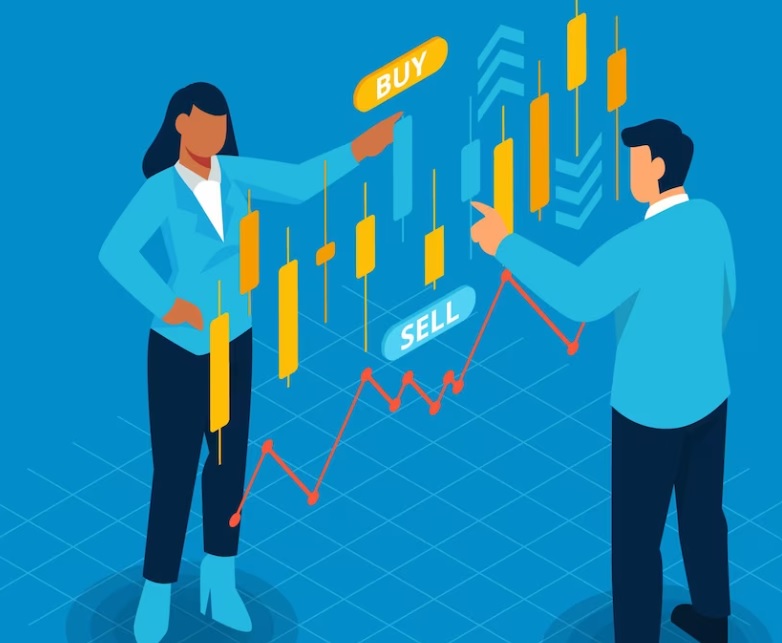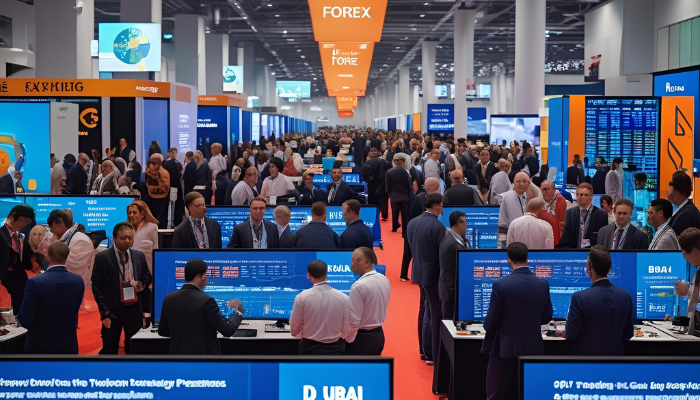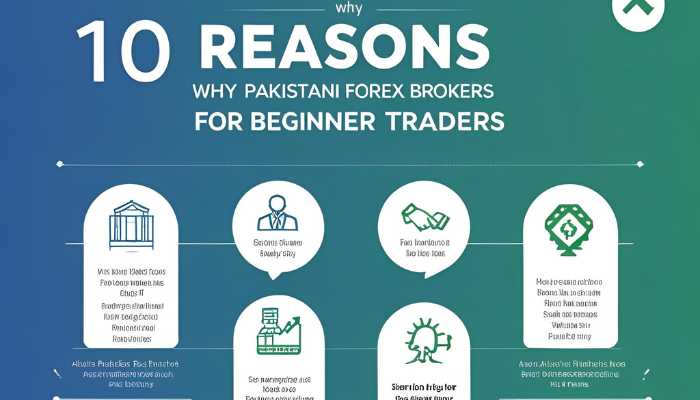Both experienced traders and those who are new to the forex world are captivated by the idea of arbitrage trading. Although arbitrage trading is frequently thought of as a complicated method used by Wall Street professionals, it’s not a fact. Anyone with a fundamental understanding of financial markets can comprehend how to use it. Arbitrage trading makes use of transient price changes for equal or comparable financial products traded on several exchanges.
In today’s write-up, Neuron Market will debunk the myths surrounding arbitrage trading. Additionally, we will outline its fundamental ideas and go over its operation.
Understanding the Concept of Arbitrage Trading
The word “arbitrage” is derived from the Latin word which means “to evaluate”. Arbitrage trading is a type of trading strategy that takes the perks of differences in pricing between marketplaces for a specific asset.
What are the musts you need to understand for arbitrage trading? To engage in arbitrage, you must purchase low in one market and sell it at a high price in another. In this way, you will make money off the price difference. Arbitrage traders in the financial industry are essentially making assessments of price inefficiencies in the different markets.
Why Arbitrage Trading?
To profit, traders will purchase the less expensive version of a currency, asset, or even a rare pair that is priced differently in two different markets.
Arbitrage trading is all about making a profit with little risk. Sometimes the condition supports arbitrage trading without any risk at all. It’s crucial to keep in mind that arbitrage opportunities are frequently transient. More so, the chances are very competitive, making them challenging to seize. Arbitrage traders must act with a plan of action and wisely seize these opportunities.
Different Types of Arbitrage Trading You Need to Understand
Are you ready to explore the most popular types of arbitrage to better comprehend how arbitrage trading operates? Let’s get into it.
Spatial Arbitrage
Evaluating pricing disparities for the same asset in several geographic regions is known as spatial arbitrage. It may happen as a result of changes in currency rates, variations in supply and demand, or regulatory discrepancies. As a result, a stock may be trading for less on one exchange than another. Traders who engage in arbitrage acquire shares at a discount. The next step is to sell them at a premium, keeping the difference.
Statistical Arbitrage
Pairs trading is commonly referred to as statistical arbitrage. It entails trading two correlated assets concurrently. The trader purchases the discounted asset and sells the overpriced one. They sell them when there is a temporary breakdown in the correlation between these assets. The traders hope that the correlation will eventually return to its mean.
Triangular Arbitrage
The triangular arbitrage approach is exclusive to the forex market. The concept of triangular arbitrage has a close resemblance to its name. It combines three currency pairs, adding a level of complexity that calls for advanced trading skills.
You must convert very huge sums of money to make even a small profit. The reason is there are so few variances in exchange rates when using this special approach. A triangle arbitrage opportunity could arise when there are differences in the foreign currency market. But it’s also a fact that it is extremely rare.
Temporal Arbitrage
Taking advantage of price disparities for the same asset at various points in time of trading is known as temporal arbitrage. The asset’s value may have decreased as a result of the current trading situation or news.
A company’s stock price might increase when trading resumes. For example, if it releases encouraging earnings figures after the market shuts. Before the news is released, a temporal arbitrager could purchase shares and then sell them at a profit.
Forex Arbitrage
Traders can engage in currency arbitrage on the foreign exchange (Forex) market. It involves taking advantage of exchange rate variations between currency pairs offered by various brokers or in various markets.
Speed, accuracy, and access to trading platforms are all necessary for arbitrage trading. To complete arbitrage trades quickly, high-frequency trading (HFT) companies frequently use algorithmic techniques. It is important to keep in mind that arbitrage opportunities are generally few and may be fraught with dangers including transaction costs and market volatility.
Arbitrage Trading: How Does It Work?
The arbitrage trader purchases the asset on one market to profit from the price discrepancy. Then they simultaneously sell it on another market. When there are more intricate permutations of this scenario, they all hinge on finding market “inefficiencies.”
Traders that engage in arbitrage are known as arbitrageurs. They typically work for major financial organizations. It typically involves large financial activity. Additionally, the split-second chances it presents can only be utilized and taken advantage of by using extremely sophisticated algorithms.
Other trading actions may also be referred to as “arbitrage”. In some cases, hedge fund investors like the concept of “merger arbitrage,” which entails purchasing stock in firms before a merger is disclosed.
Arbitrage Trading: The Art of Increasing Profits through Market Effectiveness
Let’s get into the interesting world of arbitrage trading and all the perks it offers to investors and traders.
Risk-Free Profits
A disparity in asset values between marketplaces is a common source of arbitrage perks. Traders who take advantage of these differences can lock in a profit with little to no risk. It is the reason that it is frequently referred to as “risk-free profit”. The traders are assured of success regardless of the course of the market.
Increase Efficacy of the Market
The preservation of market efficiency is greatly enhanced by arbitrage trading. Arbitrageurs contribute to a convergence of asset values across markets by taking advantage of price differences. The likelihood of bubbles or unstable price swings is decreased as a result of this process of price convergence. It makes markets more representative of assets’ actual value.
>Decreased Emotional Decision Making
Quantitative analysis and mathematical models are the main foundations of arbitrage trading. As a result, choices are made based on facts and algorithms. It decreases the chances of impulsive decisions that are based on feelings triggered by market occurrences. As a result, arbitrageurs are less likely to act impulsively or irrationally when trading.
>Less Loss
Arbitrage trading’s capacity to lower risk exposure is one of its main perks. Arbitrageurs do not face the same market risks as typical traders. The reason is that they concurrently buy and sell the same asset or correlated asset in separate markets. The ability to manage risk in a diversified portfolio is one of the perks of arbitrage trading.




